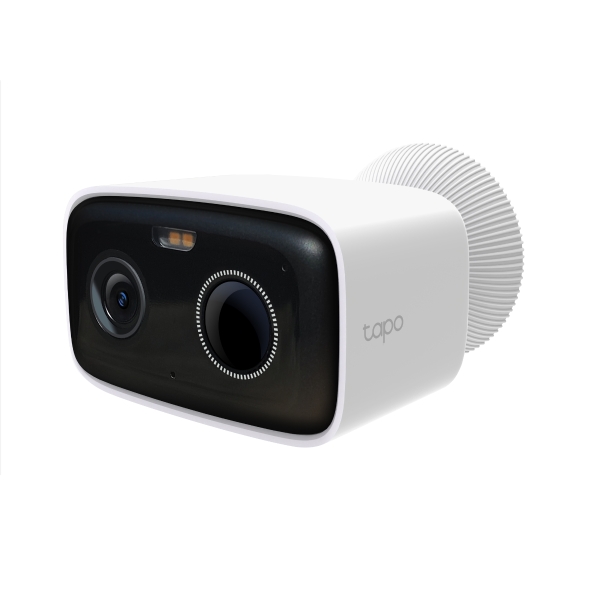How to improve the connection stability of my Hub and its sub-devices
This article provides solutions for connectivity issues about Tapo Hub and its sub-devices. Recommendations include optimizing installation positions, adjusting Wi-Fi settings, and using Ethernet cables for stable connections. The comprehensive guide aims to improve overall device performance and enhance user experience.
Tapo Hub provides extensive device connectivity capabilities, and taking Tapo H200 as an example, it supports various wireless cameras and doorbells. Occasionally, you may encounter connectivity issues between the Hub and its sub-devices, leading to problems such as stuttering, latency, or loss of video playback on cameras. These issues can impact your user experience. This article will provide you with some suggestions to help resolve these problems.
Within the Tapo APP, you can navigate to Hub Settings -> Network Connection. Click on "Test Wi-Fi Signal" to quickly assess the signal strength of the Hub and its connected sub-devices. The test results will display the connection signals between the Hub and the router, as well as the signals between the Hub and its sub-devices. Based on the results, you can promptly identify devices with poor signals and adjust their installation positions accordingly.

For devices with poor signals, there are two main scenarios. Based on the test results, you can follow the corresponding adjustment suggestions.
Case 1: Poor Connection Signal between Router and Hub

Tapo Hub typically connects to the router via wireless Wi-Fi. If the signal between the Hub and the router is poor, it may result in unstable control of the sub-devices connected to the Hub's backend.
1. Select an Appropriate Installation Position for Hub
a. Place the Hub and the router on the same floor. Elevating the Hub to a higher position, around 1-1.5 meters in an unobstructed environment, can improve the connection.
b. Avoid obstacles and minimize walls between the Hub and the router. Keep them as close as possible within the available range.
c. Avoid placing the Hub near devices that may cause electromagnetic interference, such as wireless phones, microwaves, and Bluetooth devices.

2. Optimize Wireless Channel and Bandwidth
Hub typically uses the 2.4GHz frequency to transmit data. Channels 1, 6, and 11 are recommended, and adjusting the channel width to 20MHz may enhance stability.
Steps to Manually Optimize 2.4GHz Wi-Fi Settings:
a. Access router settings via a web browser using the IP address (e.g., 192.168.1.1), log in with your credentials.
b. Navigate to Wireless Settings > 2.4GHz Frequency Band.
c. Choose an optimal channel (1, 6, or 11) and adjust channel width to 20MHz for reduced interference.
d. Save Changes.
3. Use an Ethernet Cable
When wireless connection is not stable, using a wired connection is the best choice for stable and high-speed network connectivity. Ensure a secure Ethernet port connection.
Case 2: Poor Connection Signal Between Hub and Its Sub-devices

Tapo Hub's sub-devices need a good signal to connect to the internet via the Hub. The signal quality depends on the installation distance and obstacles between the sub-devices and the Hub.
1. Optimal Installation position for Sub-devices
a. Install sub-devices away from obstacles like walls and close to the router,
b. avoiding electromagnetic interference from devices like microwaves, TVs and audio systems.
2. Test Signal Before Permanent Installation
For adjustable sub-devices like sensors, test the expected installation location before fixing it permanently.
a. After configuring the connection, move the sensor to the intended installation spot.
b. In the Tapo APP, go to Hub Settings -> Network Connection, click "Test Wi-Fi Signal" to assess the signal strength.
c. If the signal at the sensor's location is good, proceed to fix it permanently using adhesive tape.
Is this faq useful?
Your feedback helps improve this site.
TP-Link Community
Still need help? Search for answers, ask questions, and get help from TP-Link experts and other users around the world.


